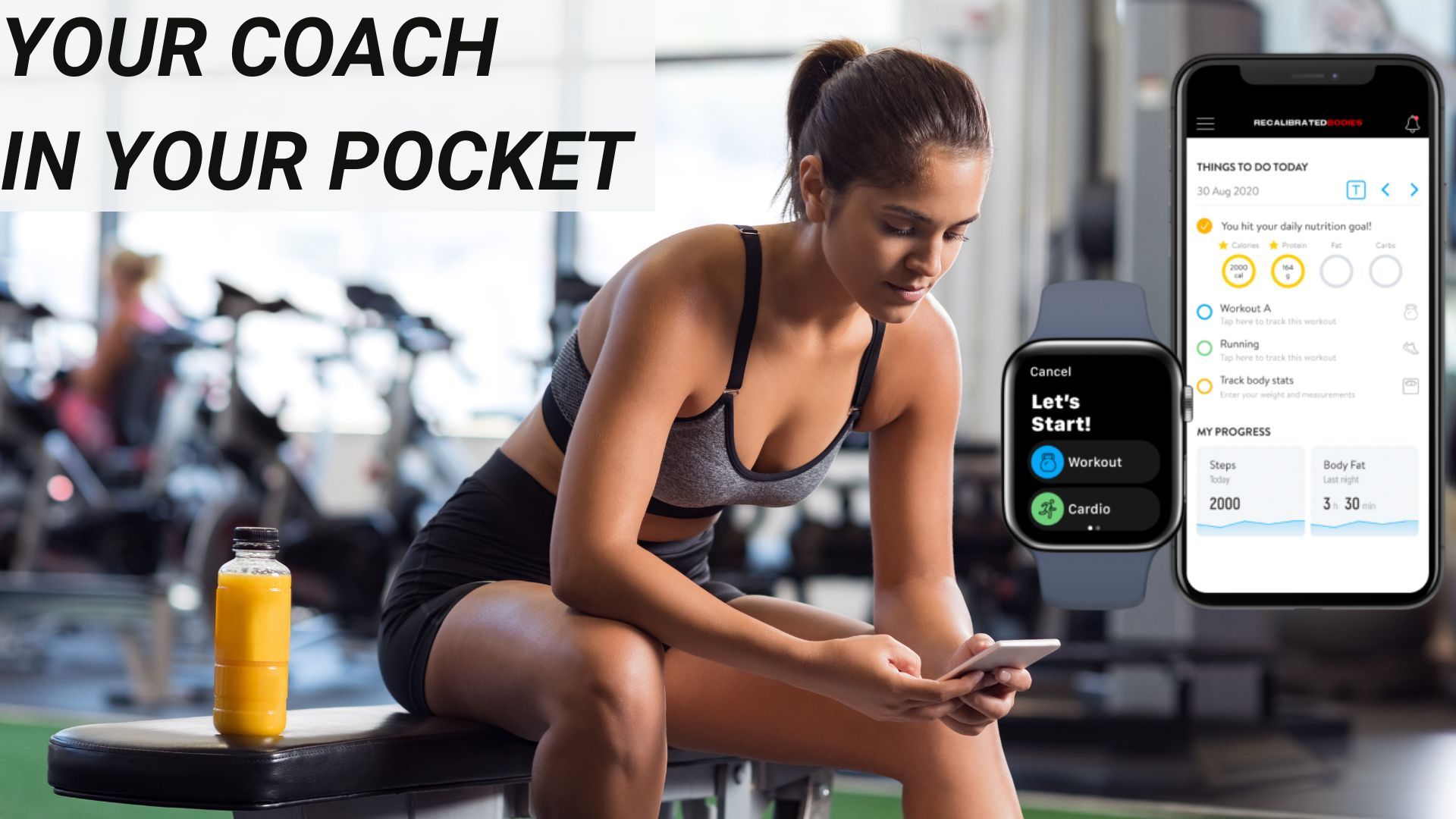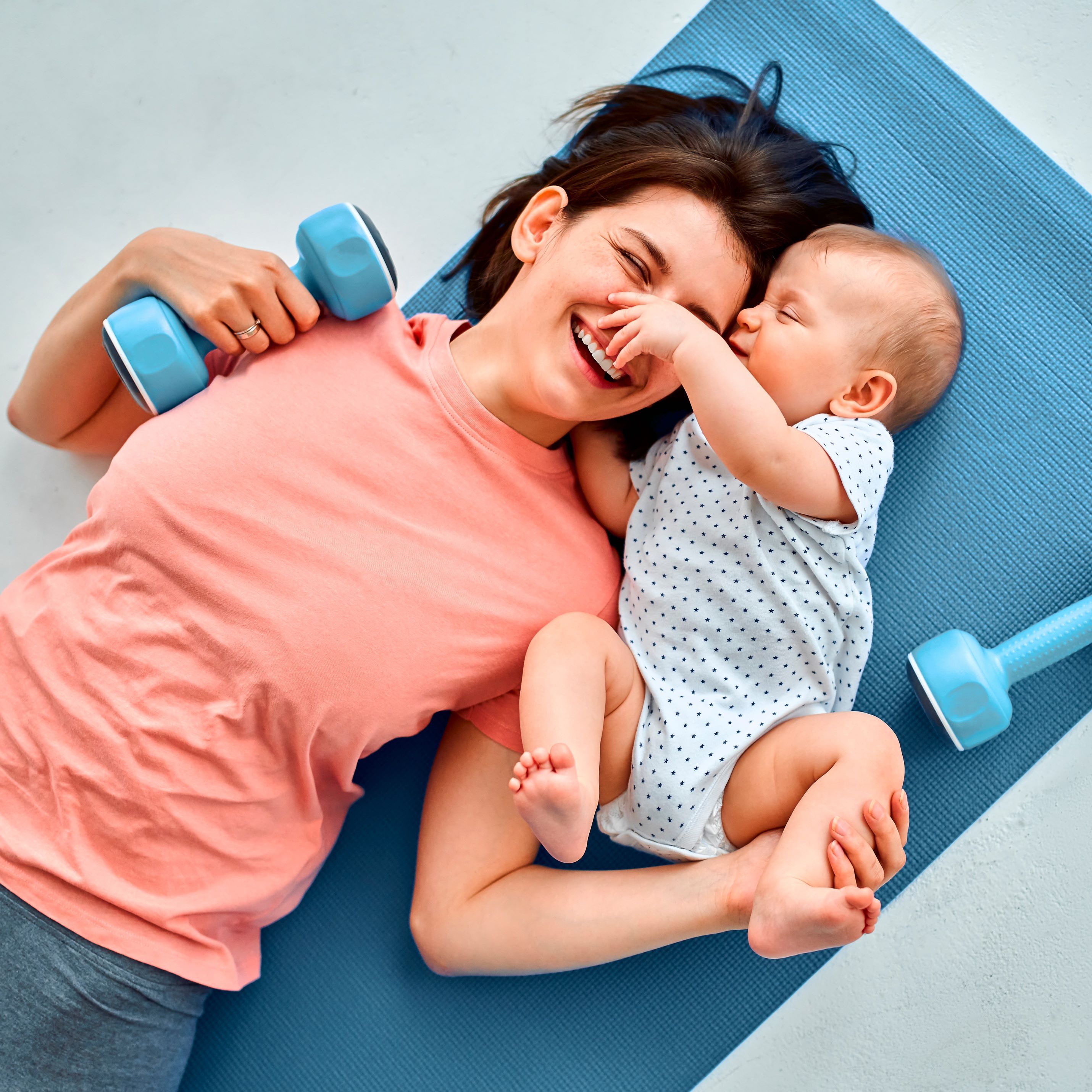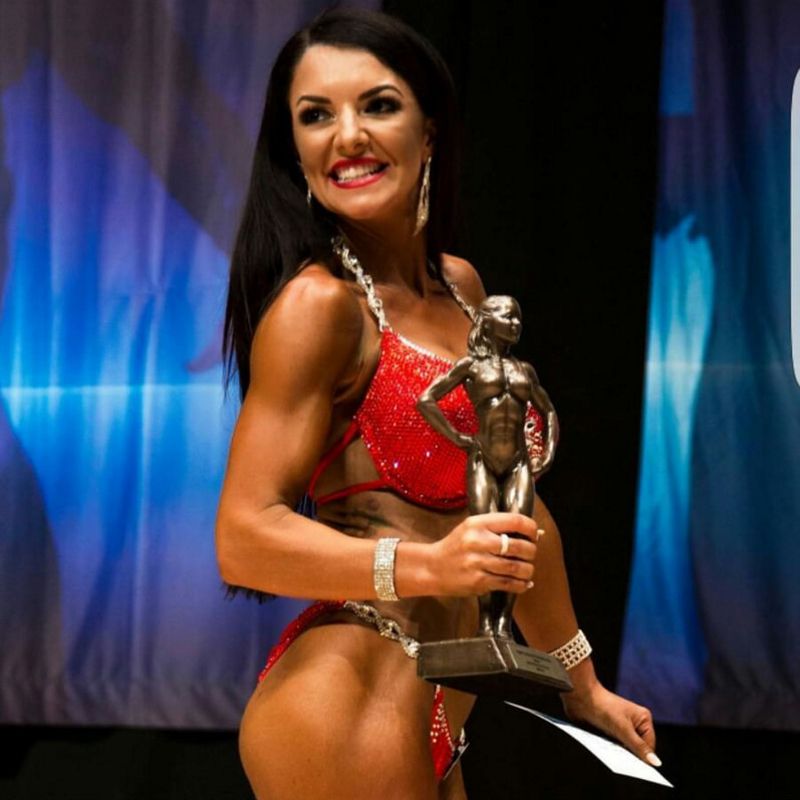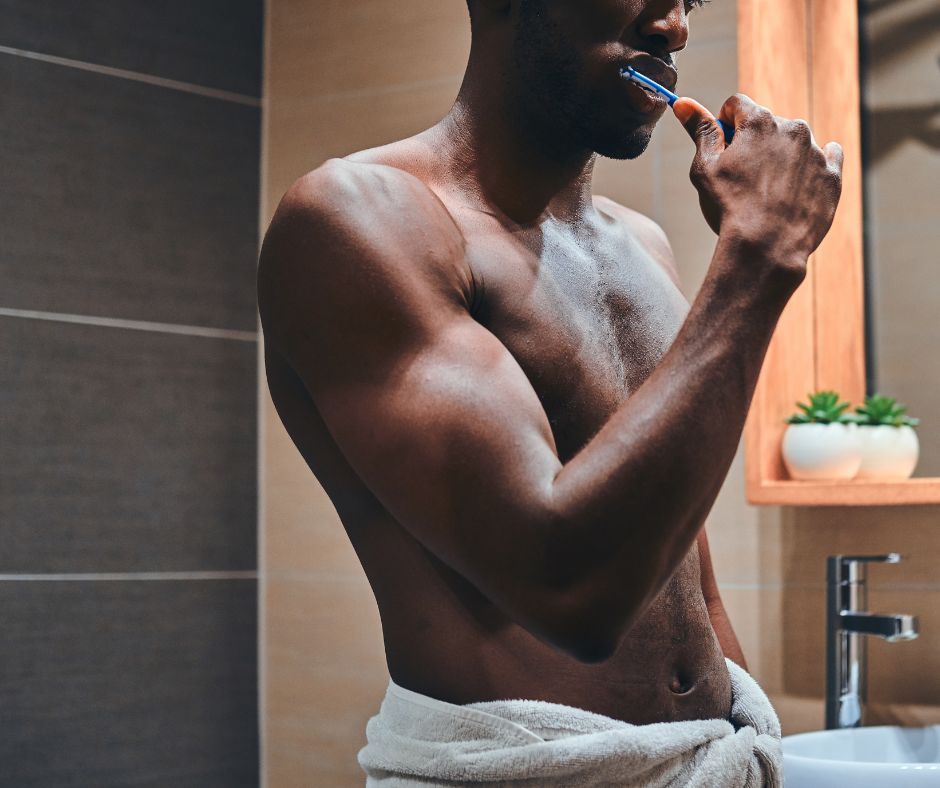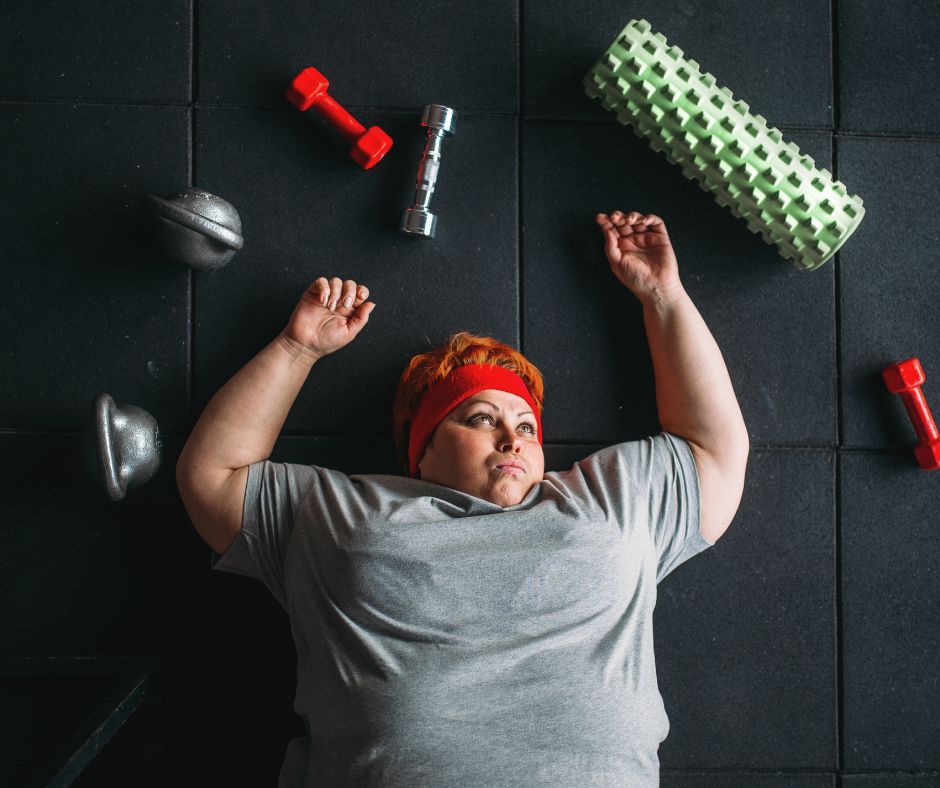SMART goals sound smart, but did you know the acronym was developed for corporate businesses – not health and fitness? It was developed to help provide direction and clarity about objectives for organisations and managers. (1) Although it is a good start and has been effective in improving health and fitness (2) (3), it has some drawbacks and lacks some important aspects of setting health and fitness goals (4). A better way to set health and fitness goals is to use a multiple-goal strategy. Using a multiple-goal strategy helps to cover the shortfalls of the SMART goal-setting approach and has been shown to produce supreme performance in health and fitness goal attainment.
The Drawbacks of SMART Goals
I know, I know, the SMART acronym is so clever, easy to remember, and easy to apply! But it doesn’t apply to achieving health and fitness goals as well as it does to achieving corporate objectives. There are three main drawbacks to a SMART goal:
- It doesn’t always need to be specific,
- It doesn’t force goals to be challenging, and
- It doesn’t take into consideration the type of goal.
Goal Specificity
To many (and my) surprise, health and fitness goals don’t always need to be specific! It has been shown that vague goals are as effective for increasing physical activity as specific goals, especially in those learning new and complex tasks. (5)
Challenging Goals
An important component of achieving a goal is setting a challenging goal, (6) in particular, for behaviour change – which many health and fitness goals require (7). SMART goals emphasise achievable and realistic goals but do not emphasise challenging goals. Setting an achievable and realistic goal can result in setting an insufficiently challenging goal, which can result in suboptimal goal attainment.
Type of Goal
Lastly, SMART goals do not consider the type of goal that is being set. There are many different types of goals, such as learning, performance, behaviour, and outcome goals. (6) (8) Each type of goal benefits from a different approach to achievement. For example, learning a new and complex skill requires a different approach to goal setting than winning a championship does.
A Better Way to Set Health & Fitness Goals
Right, so now that we know what SMART goals fall short in, we can look at using a better approach to setting health and fitness goals. One such way is to use a multiple-goal strategy. This involves setting outcome, performance, and process goals.
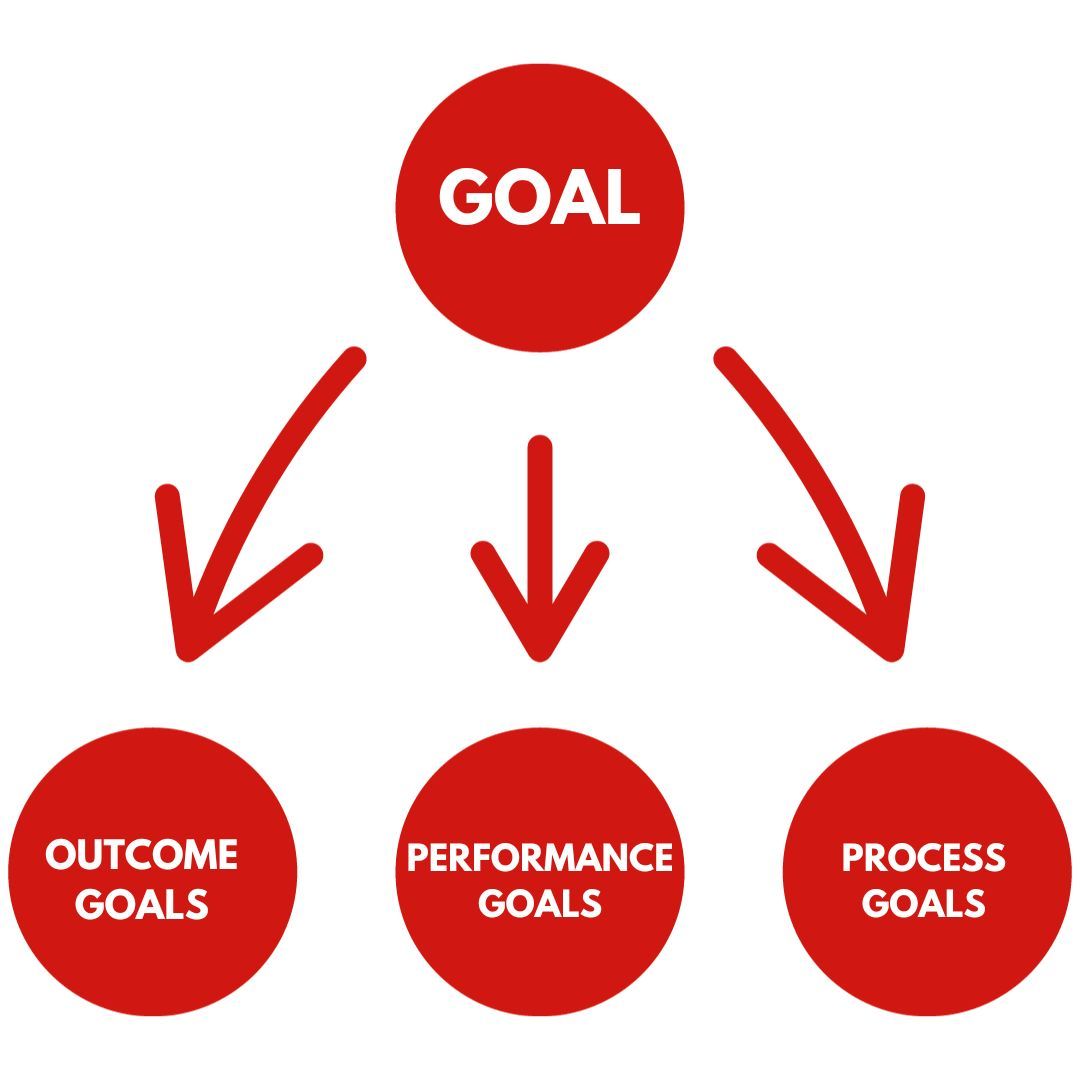
Outcome Goals
This is the easiest and most obvious goal to set. This is the big picture thing that you’re trying to achieve, such as losing body weight/fat, getting better at running, becoming stronger, winning a competition, etc. Although it’s an obvious goal, it’s still an important goal – it provides direction for what all the other goals aim to achieve. It’s been shown that this goal doesn’t need to be too specific. In fact, being too specific can be disadvantageous if you are in the early stages of learning a new and complex task. (9) However, if you’re trying to achieve a goal that you are already quite advanced and skilled in, then being more specific about the goal can be beneficial.
One thing that this goal should not be, is a goal based on outperforming others. It has been shown that when an outcome goal is based on outperforming other people, it can increase anxiety, reduce engagement with the task, and result in poorer performance. (10) Instead, setting goals that are more within your control can result in better performance.
Performance Goals
Performance goals are based on achieving certain standards of proficiency in specific tasks. For example, walking 10,000 steps per day, completing 90% of planned workouts, losing 5 kg, squatting 100 kg, etc. These goals can be broken up into short and long-term goals. They must be challenging to achieve, but when used correctly, performance goals have been shown to reduce anxiety and improve self-confidence, perceived competence, effort, satisfaction, focus, and perception of success/performance with a task. Setting appropriate performance goals is where a coach can become of significant benefit. A good coach can see what you are capable of before you can. They learn what are your limits and know how far to push you, while simultaneously helping to keep you safe from injury or harm.
Process Goals
These goals have been shown to have the largest benefit on performance and can be considered the most important for attaining a goal. Process goals are actionable tasks that are directly within your control. For example, completing a workout, hitting your nutrition targets for the day, going for a walk, etc. The accumulation of these tasks is what leads to the achievement of your performance and outcome goals. Process goals have been shown to reduce anxiety and improve self-efficacy, motivation, commitment, interest, effort, satisfaction, and attentional focus on a task. (10)
Process goals require the most thought and planning, for they are what will ultimately determine whether a goal is achieved or not. This is where a good coach can become invaluable. Their knowledge and experience can help ensure you don’t waste time performing tasks that are not beneficial to your goal. A good coach will also tailor the process goals to what works best for you so that you can be consistent with them and get the best results for your efforts.
Key Points
- SMART is a sexy acronym for goal setting, but it wasn’t intended for health and fitness goals, and it doesn’t apply to them very well.
- Using a multiple-goal strategy that includes outcome, performance, and process goals is a better approach to setting health and fitness goals. These types of goals have been shown to significantly improve goal attainment performance.
Setting A Goal Is Just the Starting Point – Make Your Dreams A Reality With A Coach
Having a coach and program tailored to your body, goals and lifestyle can be the difference between achieving your dream body and health and fitness goals and staying the same for another year. A good coach knows what key tasks you need to perform to achieve your goals and how to keep you focused. They provide feedback to help improve your ability to accomplish tasks, keep you accountable to your goal, adjust your plan when needed, and provide support and guidance to help make the process as easy as possible. Our coaches are highly qualified and experienced in helping people transform their bodies, health, and fitness. Find the best program for you and start achieving your goals this year!


